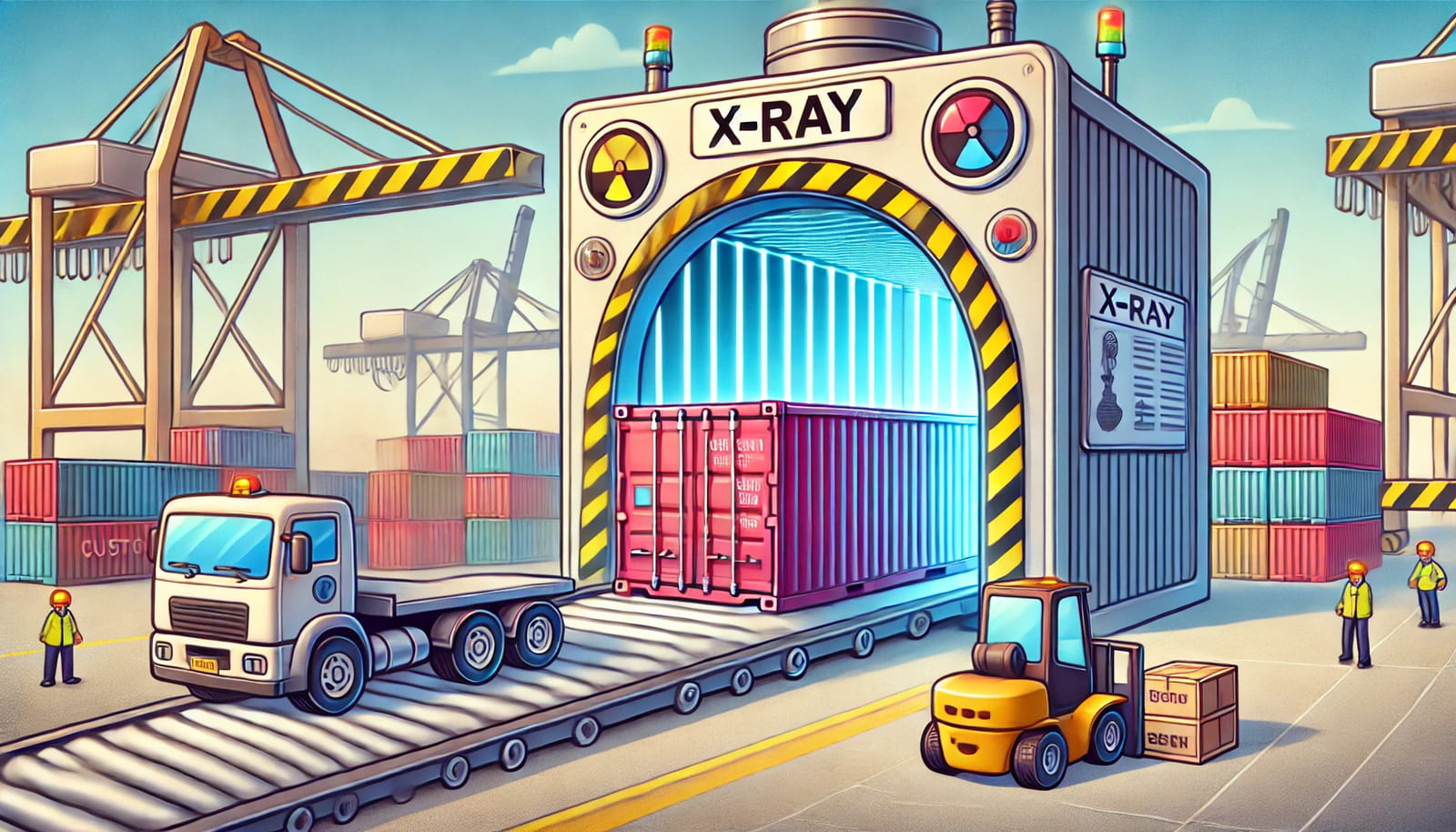
The global economy relies heavily on maritime trade, with millions of shipping containers moving across the world's oceans every day. These containers are the backbone of international commerce, carrying goods ranging from everyday consumer products to essential raw materials. However, the sheer volume of containers also presents a significant challenge: how to prevent contraband, illegal activities, and other security threats from slipping through the cracks.
In this article, we'll explore how shipping containers are monitored against contraband and illegal activities, examining the sophisticated techniques and technologies used to ensure that global trade remains secure and efficient.
The Scale of the Challenge.
Shipping containers are designed to be strong, secure, and tamper-resistant, making them an ideal vehicle for transporting goods. However, these same qualities can also make them attractive to smugglers and criminals seeking to move contraband, illegal substances, weapons, and even human trafficking victims across borders. With millions of containers moving through ports each year, authorities face a daunting task in identifying and intercepting illicit activities.
Risk-Based Targeting and Intelligence Sharing.
Given the immense volume of global trade, it's impractical to inspect every container. Instead, authorities use a risk-based targeting approach. This method involves identifying containers that are more likely to pose a risk based on various factors, such as the origin and destination of the shipment, the nature of the goods being transported, the shipping route, and the history of the shipping company.
Customs and border protection agencies worldwide share intelligence and collaborate closely to identify high-risk shipments. For example, the World Customs Organization (WCO) and the Container Control Program (CCP) of the United Nations Office on Drugs and Crime (UNODC) provide frameworks for international cooperation. Through these programs, authorities exchange information about suspicious shipments, trends in smuggling tactics, and emerging threats.

Advanced Screening Technologies.
To enhance the effectiveness of container inspections, authorities use a range of advanced screening technologies. Some of the most common technologies include:
1. X-Ray and Gamma-Ray Imaging: Large-scale X-ray and gamma-ray machines are commonly used in ports to scan containers for hidden compartments or unusual cargo. These machines can penetrate the metal walls of containers, revealing images of their contents without the need to open them. Suspicious items, such as dense or irregularly shaped objects, can be flagged for further inspection.
2. Radiation Detection: To prevent the smuggling of nuclear or radiological materials, many ports are equipped with radiation detection systems. These systems can identify the presence of radioactive substances, which might be used in the construction of dirty bombs or other weapons.
3. Chemical and Biological Sensors: Some containers are equipped with sensors that can detect the presence of certain chemicals or biological agents. These sensors can help identify hazardous materials or illegal drugs.
4. Sniffer Dogs: Trained dogs remain an invaluable asset in the fight against contraband. Their keen sense of smell allows them to detect drugs, explosives, and other illicit substances, even when they are well hidden.
Tamper-Evident Seals and Smart Containers.
To prevent tampering during transit, shipping containers are typically sealed with tamper-evident seals. These seals are designed to show clear evidence if someone tries to open the container without authorization. In recent years, the development of "smart containers" has added an extra layer of security.
Smart containers are equipped with GPS tracking, temperature monitoring, and electronic seals that can detect and report unauthorized access in real-time. These containers provide continuous updates on their location and status, allowing authorities to monitor them more effectively and respond quickly if something suspicious occurs.
Data Analytics and Machine Learning.
As global trade becomes increasingly digitized, data analytics and machine learning are playing a growing role in monitoring shipping containers. By analyzing large volumes of data, including shipping manifests, container tracking information, and historical records, authorities can identify patterns and anomalies that may indicate illegal activities.
Machine learning algorithms can help flag shipments that deviate from normal patterns, such as containers that take an unusual route or show unexpected delays. This allows authorities to focus their resources on high-risk containers while allowing legitimate trade to flow smoothly.

Human Expertise and Manual Inspections.
Despite the advancements in technology, human expertise remains crucial in the fight against contraband. Experienced customs officers and inspectors play a vital role in assessing the risk of shipments, interpreting scan results, and conducting manual inspections when necessary. Their knowledge of smuggling tactics and familiarity with local conditions allows them to make informed decisions about which containers to inspect more closely.
Challenges and Future Directions.
While the methods described above have significantly improved the ability to monitor shipping containers, challenges remain. Smugglers are constantly evolving their techniques, finding new ways to conceal contraband and exploit vulnerabilities in the system. To stay ahead of these threats, authorities must continue to innovate, adopting new technologies and refining their strategies.
One promising area of development is the use of blockchain technology to create a more transparent and secure supply chain. By providing a tamper-proof record of every transaction and movement of a container, blockchain could help reduce the risk of illegal activities going undetected.
Conclusion.


